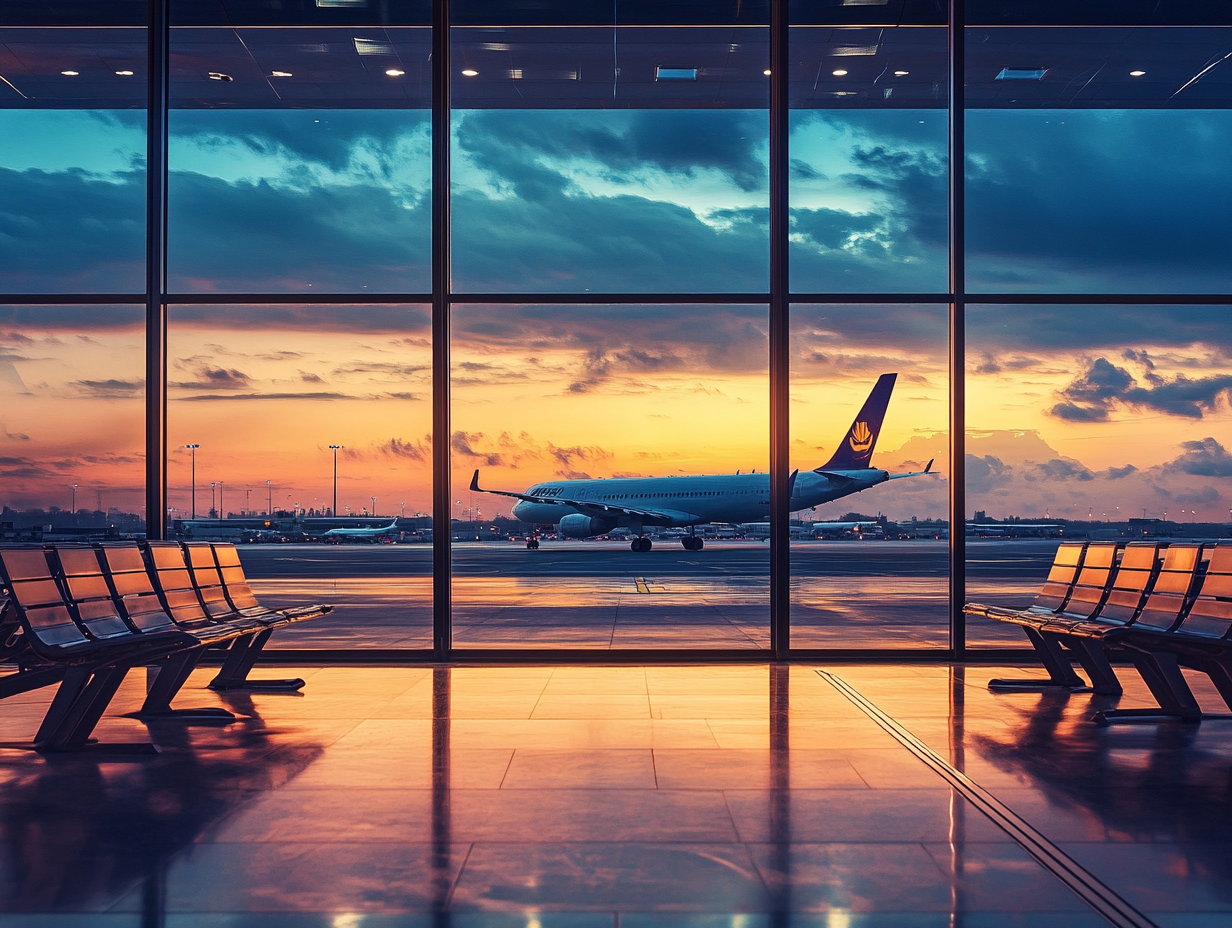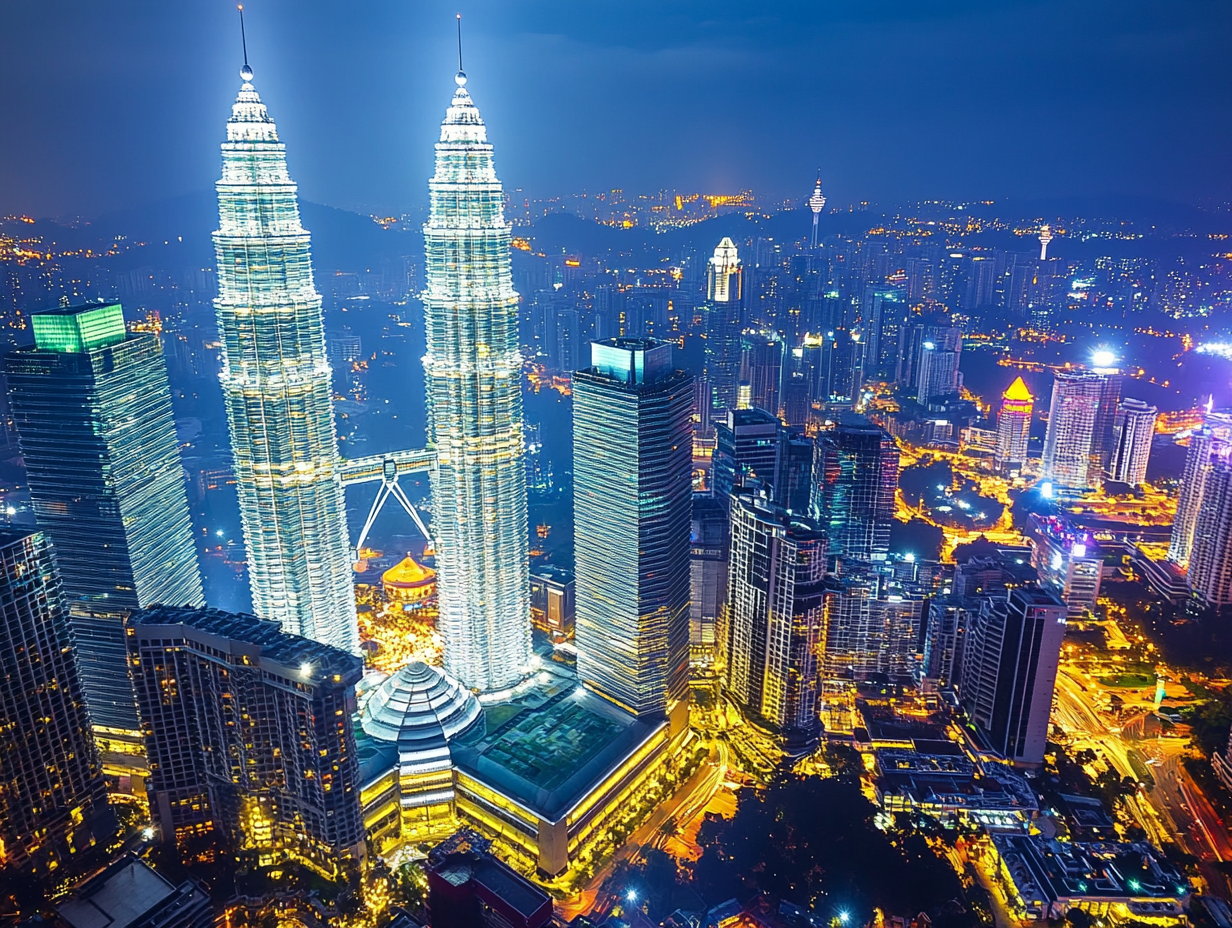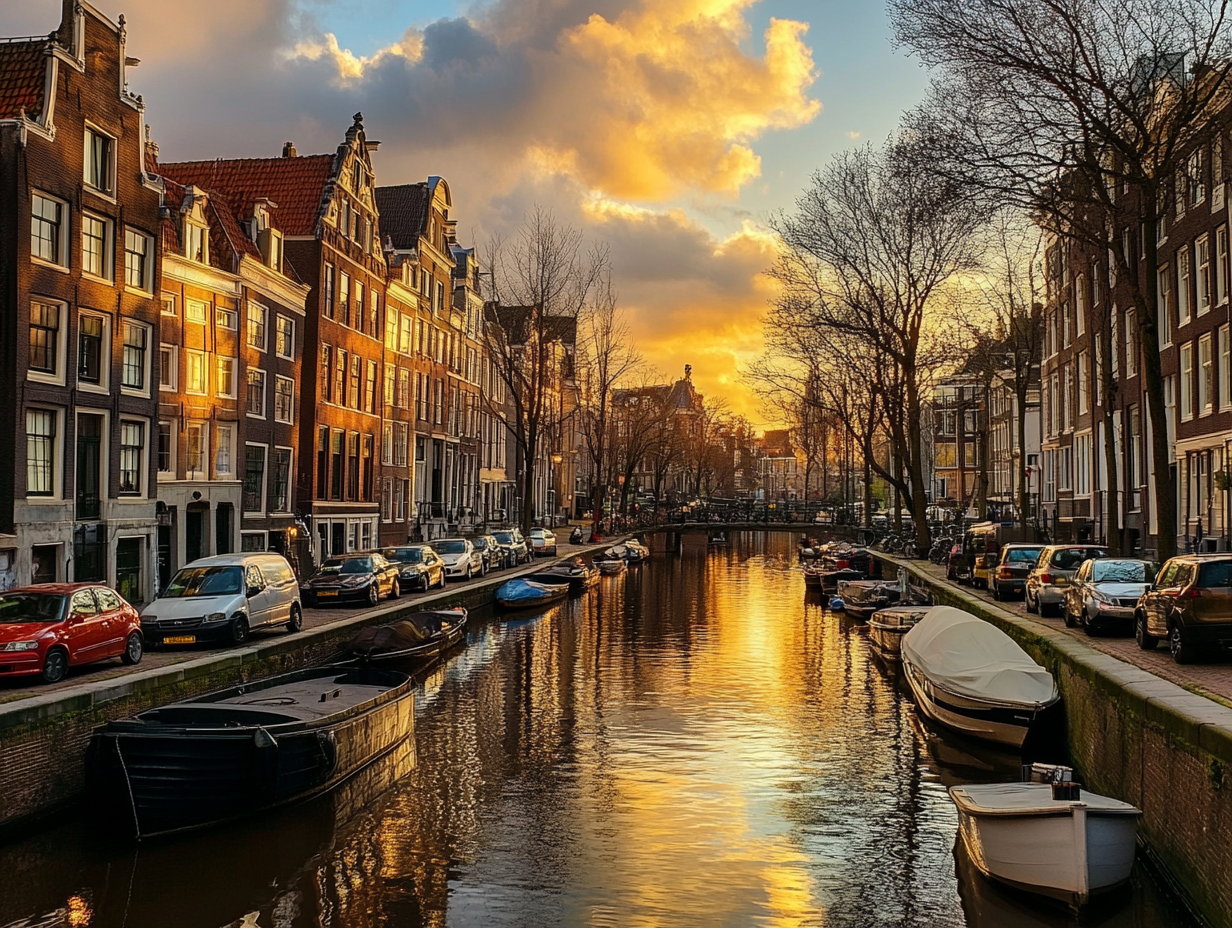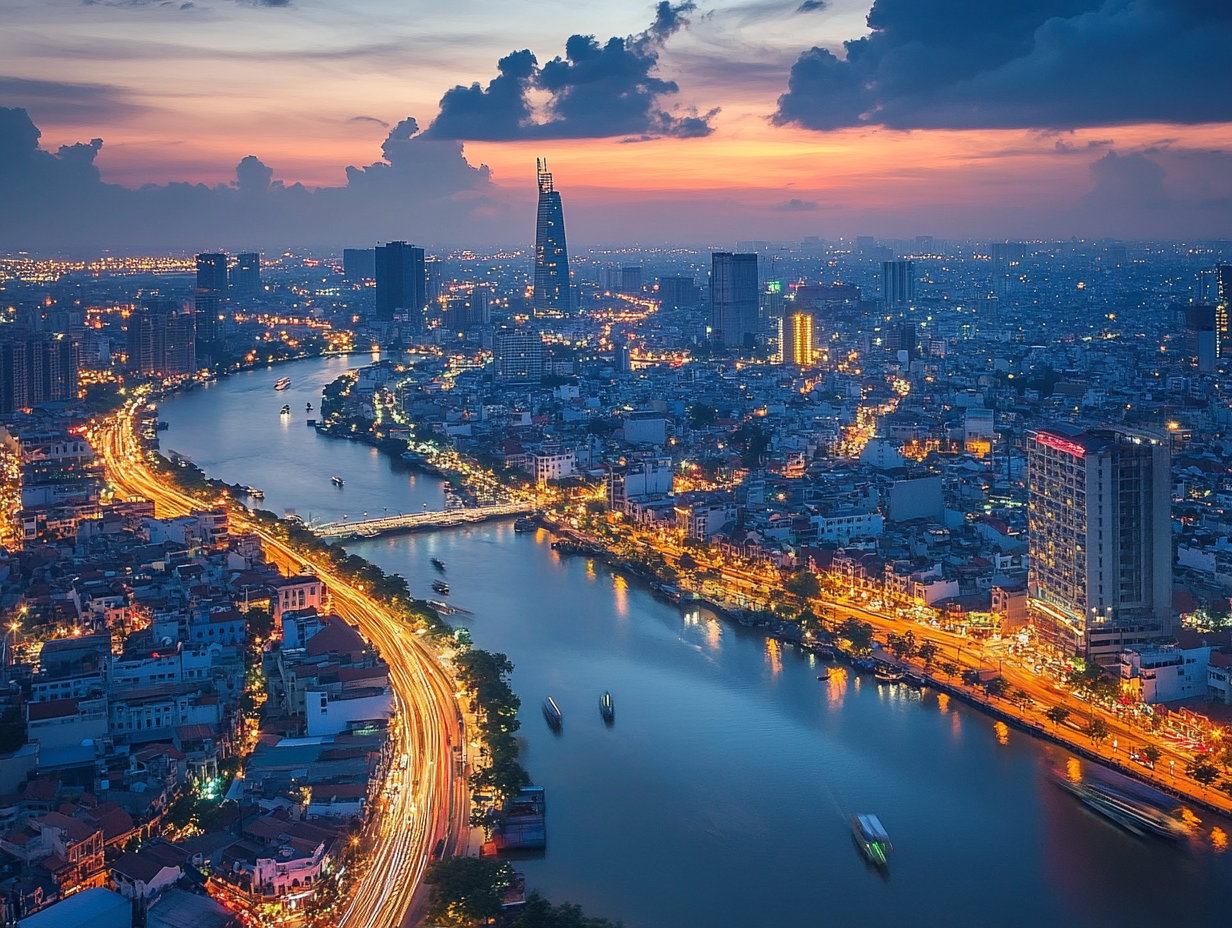TSA enforces strict rules on carry-on liquids, gels, and spreadable items, limiting them to 3.4 ounces or less. Common foods like peanut butter, hummus, yogurt, and soft cheeses are often confiscated if exceeding this limit. While solid snacks are permitted, creamy or spreadable foods must adhere to the size restrictions or be packed in checked luggage to pass security.
TSA limits liquids, gels, and anything spreadable to 3.4 ounces or less in carry-on bags. That includes things like hummus, peanut butter, and yoghurt. If you’re bringing any of those, make sure the container is small enough or plan to pack it in your checked luggage. Here are some snacks to double-check before you fly.
The TSA recently clarified that six foods that are most commonly taken away include yoghurt, hummus, cream cheese, creamy dips and spreads, jam, and peanut butter. Every Thanksgiving, the government agency reminds travelers that leftover turkey is perfectly acceptable as an in-flight snack. However, cranberry sauce and mashed potatoes might be confiscated, depending on how liquid-like they are.
List of snacks you can’t bring in your carry-on bag on a flight
1. Peanut Butter
Even travel-sized packs are often over 3.4 ounces, making them non-compliant with TSA’s liquid/gels rule. If it can be smeared, it’s considered a liquid.
2. Hummus
Like peanut butter, it’s classified as a spread. Unless it’s in a container under 3.4 oz, it will be confiscated.
3. Yoghurt and Pudding
These creamy snacks, often packed by parents, are also gels. Popular brands like KozyShack usually exceed size limits and won’t pass TSA checks.
4. Soft Cheeses (Brie, Camembert)
Tasty? Absolutely.
TSA-approved? Unfortunately not. These are deemed too spreadable and get flagged as liquids or gels.
5. Salsa and Honey
Both are thick liquids. Containers over 3.4 oz won’t make it past security—even if sealed.”If you can spill it, spray it, spread it, pump it, or pour it—it’s considered a liquid, aerosol, or gel,” a TSA spokesperson told USA Today. “And if it’s over 3.4 ounces, it needs to go in your checked luggage.” While solid snacks like chips, pretzels, or hard candies are allowed in carry-ons, any food item that doesn’t meet the 3-1-1 liquids rule could be taken away at security. There are exceptions, however, for baby formula, breast milk, and certain medications, which may be carried in larger quantities with proper declaration.
If you’re heading to the airport soon, make sure to double-check both the contents and quantity of your carry-on. Any creamy, spreadable, or gel-like items must be in containers no larger than 3.4 ounces—or they should go in your checked luggage.
In simple terms, if you can scoop it, smear it, or eat it with a spoon, TSA likely considers it a liquid. And if it exceeds the size limit, it won’t make it past security.



